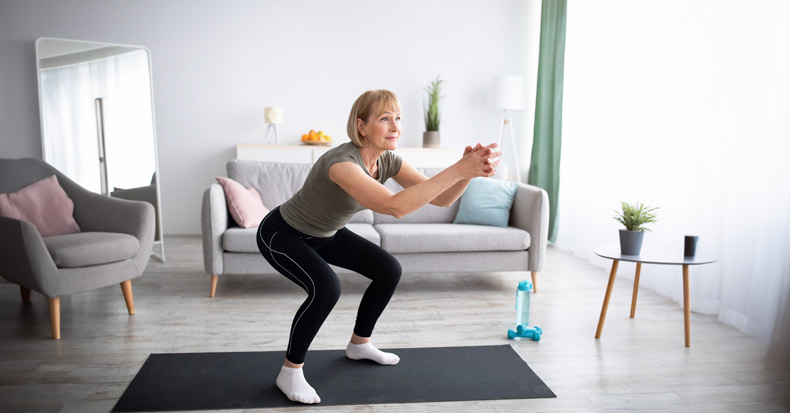While disk herniations in the lumbar spine are fairly common and may resolve on their own or persist without symptoms, if a herniation places pressure on the spinal cord or nerves exiting the spine, the patient may experience radiating pain into one or both legs. While chiropractic care can help individuals with a herniated lumbar disk, patients often ask what they can do and what they should avoid between visits to facilitate the healing process.
Recommendations can depend on the location of the herniation, but lumbar disk herniation patients should try and remain active within pain tolerances. However, they should avoid activities that involve twisting, such as golf, tennis, or pickle ball. Additionally, they should avoid prolonged bed rest as research has shown such behavior can decondition the muscles in the lower back, which can lead to persistent, chronic pain and disability.
Since MANY activities of daily living require bending (like getting dressed or putting on shoes), a very important modification is to bend the knees and arch the back (poke out the buttocks) prior to bending forward. This is called hip hinging and reduces lumbar disk compression. Interestingly, our disks are like sponges and absorb water during the night. Because of this, an interesting study reported avoiding forward bending in the morning resulted in a faster recovery compared to a group that was not educated on this important point. That means, lie on your back in bed to get dressed in the morning (shoes, socks, pants, etc.).
Neurodynamic stretching, or nerve flossing, can also benefit disk patients. If compression occurs at the L1 or L2 levels, extend the leg back with the knee fully flexed (called a femoral stretch sign). For herniation at L2 or L3, stand or lay sideways, chin up, grasping the ankle and pull the thigh backward to reproduce the radiating symptoms in the front of the thigh. While releasing the stretch, bring the chin to the chest. For L4 and L5 herniations, patients may be advised to perform leg extension exercises. For example, lay on the back with the hip and knee bent at 90 degrees. While gripping behind the knee, slowly straighten the leg until radiating leg pain is felt. Then, while releasing the leg, flex and extend the head/neck to pull on the spinal nerves. ALWAYS stay within reasonable pain boundaries. Avoid knife-like pain.
Of course, each patient is unique and depending on the nature of your clinical presentation, your doctor may recommend different or additional stretches or exercises to perform at home between visits. Patients may also receive more general exercise recommendations based on their current fitness level, as well as nutritional advice.
